News Center
Number of readings:47

Rural revitalization is a national strategy. However, for a long time, the distinct industrial boundary of China's urban-rural dual system can not be bridged through natural development. It is necessary to arrange an intermediate place to bring about the integration and re circulation of the two elements. This is the important significance of "urban agriculture" in the current time window.
As a term, the concept of urban agriculture originated in Japan in the 1930s. From 1950 to 1960, it was valued by American economists. Later, in 1977, the economist Alan Niss clearly put forward in the book "Japanese Agricultural Model" that it was defined as a special agricultural activity carried out within the city and directly serving the urban demand.
With the continuous progress of society and science and technology, urban agriculture has begun to strengthen its carrier attribute of technological innovation, and to provide urban residents with ecological green agricultural products and agricultural by-products, as well as leisure agriculture, sightseeing tourism, science and technology, culture and education activities and other contents, gradually becoming a form of expression of modern new agriculture.
Many large and medium-sized cities in China have started the positioning and exploration of urban agriculture. For example, the Fourteenth Five Year Plan for Rural Revitalization in Shanghai proposed that the rural industrial system represented by urban modern green agriculture should be basically formed by 2025; Sichuan Chengdu proposes to improve the quality and efficiency of urban modern agriculture by enabling science and technology, and layout and build the R&D of intelligent agricultural equipment; Baiyun District of Guangzhou plans "1234" modern urban agricultural planning and layout, creating "one leading enterprise, two parks, three bases, four industrial belts", etc.
As one of the key words of the new cycle of modern agriculture, the real landing of urban agriculture must eventually form resonance at the level of industry and enterprise. We have noticed that there are more and more foresighted industry leaders. We are aware of this and begin to express their understanding and exploration plans to the society.
01 The first nature of urban agriculture: urban-rural integration
【1】 Production factor financing pool
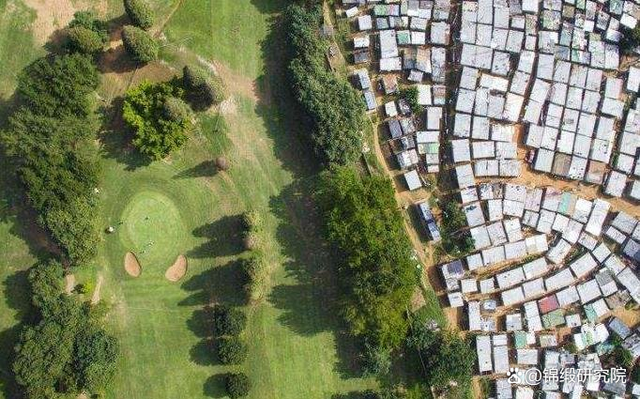
Objectively speaking, the process of urbanization is a process in which two major production factors, agricultural population and agricultural land, continue to flow into the urban area and industrial system and obtain efficient returns. At the same time, new production factors, such as capital, technology, management system and entrepreneurship, have been bred, and are further siphoned into the process of urbanization, making the gap between urban and rural areas even wider.
The rural revitalization needs to return the above-mentioned new elements generated by urbanization to rural farmland, and the most fundamental driving force is still higher return on capital efficiency. But for a long time, the separation of urban and rural areas and the differentiation of production factors have made the rural industry far behind the urban industry in terms of efficiency output ratio and return on investment. Therefore, the revitalization of rural areas cannot simply rely on the free market logic. Throughout the development process of urbanization and rural revitalization at home and abroad, policies and industrial capital are indispensable.
Due to its special geographical location, urban agriculture can play an important role in connecting urban and rural integrated development, and has formed various urban agricultural development models.
For example, as a model of balanced urban and rural development in the United States, its urban agriculture emphasizes economic functionality, and new farm enterprises located around the city provide fresh vegetables and fruits for the urban interior and surrounding areas through factory production;
Europe pays more attention to the ecological and social attributes of urban agriculture, emphasizing the coordination of agriculture, nature and humanity, such as the "forest city" in Britain and the "garden city" in Germany; Similarly, Singapore's urban agriculture is also characterized by industrialization and scientific and technological development path;
As a typical country with poor agricultural resources, Japan has not only effectively alleviated the problem of low self-sufficiency rate of urban agricultural products through high-precision urban agricultural development path, built a direct marketing model for agricultural products, but also promoted the integration of urban and rural ecosystems, formed urban agricultural forms such as private farms, citizen farms and leisure and entertainment farms, and made agricultural products, agricultural and sideline foods develop their added value to a higher quality of safety and health, In order to meet the multi-level consumer market demand.
After the exploration of the developed countries mentioned above, at least two major characteristics are reflected in their urban agriculture. One is to bring stronger economic attributes based on new productive forces, and the other is to export new agricultural and ecological concepts to the society.
Urban agriculture can be used as a large container to catalyze and stimulate the integration and interworking of urban and rural production factors after aggregating the production factors needed for the integrated development of urban and rural areas.
【2】 Petri dishes for new productivity
With the improvement of urban residents' income and consumption level, the quality and environmental protection awareness related to agricultural products are also improved, which will promote the modern science and technology and advanced social concepts to focus on the production and management of modern agriculture, thus promoting the rise and development of urban agriculture.
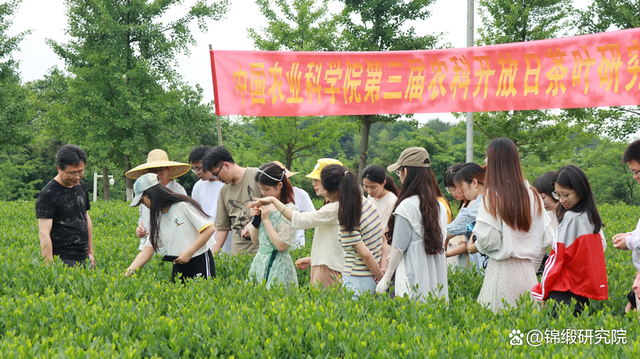
However, as an important component of modern agriculture, urban agriculture is also an industry, and its economic effect directly determines its living space, which means that urban agriculture must first enable itself to survive around the city.
Furthermore, the commercial benefits of urban agriculture need to be directly compared with the commercial benefits of urban industries. The natural differences between the two make urban agriculture need to improve its land and labor productivity.
However, the current time window is actually conducive to the formation of urban agriculture: First, the multi-level agricultural consumer market has bred a large agricultural demand market, and there is broad space for agricultural and commercial development; Second, China is in the overall economic shift period, and the growth gap between the first, second and third industries has reached the lowest range in history, easing the sense of separation between urban and rural areas; Third, at this stage, China's agriculture still has a strong "traditional" attribute, so the development space of its modern production is very considerable; Fourthly, because the urban population is under great pressure of employment competition, people need to seek new and appropriate development space and living environment.
By developing modern agricultural industry around the city, it can effectively trigger the inflow of urban talents, capital, technology and other production factors, so as to breed agricultural productivity with higher production efficiency, improve the added value of agriculture and commerce, and become the industrial plate of metropolis agriculture.

It can be seen that urban agriculture actually acts as a petri dish for breeding new agricultural productivity, and its achievements will be transformed into the flow of more urban factors again, which will further attract more urban talents, capital, technology, management concepts, entrepreneurship and other modern production factors, forming a flywheel effect for the development of modern agricultural industry in the "urban suburban area".
【3】 Greater value coverage
From the perspective of development trend, urban agriculture is becoming the "three major plates" of China's agriculture in parallel with superior agricultural product production areas and characteristic agricultural product production areas. According to statistics, the vegetable output of 36 large and medium-sized cities in China accounts for one sixth of that of the country, and the meat output accounts for 16% of that of the country, which should not be underestimated.
At present, the rural space in large and medium-sized cities is changing from shrinking to basically stable, and urban agriculture is also expanding from the agricultural product security function to multiple and complex functions. Among them, the awareness and achievements of urban agriculture in Beijing and Shanghai are obvious. As international metropolises, agriculture in Beijing and Shanghai has accounted for less than 1% of GDP. However, with the promotion of the sense of responsibility of "ensuring supply and stabilizing vegetable prices in cities" and the multiple and complex functions of urban agriculture, the self-sufficiency rate of green leafy vegetables in Shanghai has exceeded 80%, and the new varieties of major agricultural crops bred in Beijing each year account for 10% of the country's total.
In addition to agricultural functions, urban agriculture will also expand the extension of agriculture, promote industrial integration and integration, match the needs of urban development for security, ecology, leisure and other contents, and form a harmonious unity of people, cities and nature.
After exploring a more efficient expression of agricultural production through the iterative development of suburban agricultural industry, it is necessary to achieve a wider range of agricultural systematic iteration, add more agricultural land and agricultural population, extend the high added value of agriculture to agricultural product processing, agricultural logistics, and brand value, and finally narrow the gap between urban and rural dual economy.
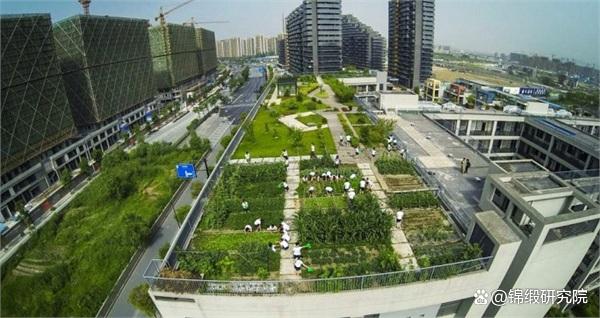
In the process of this wider coverage of value, all regions will develop modern agriculture with their own characteristics based on their own advantageous agriculture and characteristic agriculture, and realize "adjusting measures to local conditions" in a more efficient, large-scale, standardized and modular way of operation. Specifically, in the development process of urban agriculture, an integrated platform will emerge, which can provide the necessary production factors and overall solutions for the agricultural modernization development of each metropolis in the future.
02 Industrial development of "urban agriculture"
We have noticed that around the theme of rural revitalization, many enterprises have begun to take advantage of their own advantages to participate in the great reform of the agricultural system. However, due to the huge gap between urban and rural areas and the blockage of the circulation of production factors, they all face problems of different degrees and aspects.
For example, in recent years, although the live delivery of agricultural products can help farmers increase their sales income, the quality control of agricultural products is difficult to intervene and guarantee; The high-quality agricultural model has appeared around many cities, but the overall output is still constrained by the per unit yield of cultivated land in China, and the production level is not difficult to change substantially.
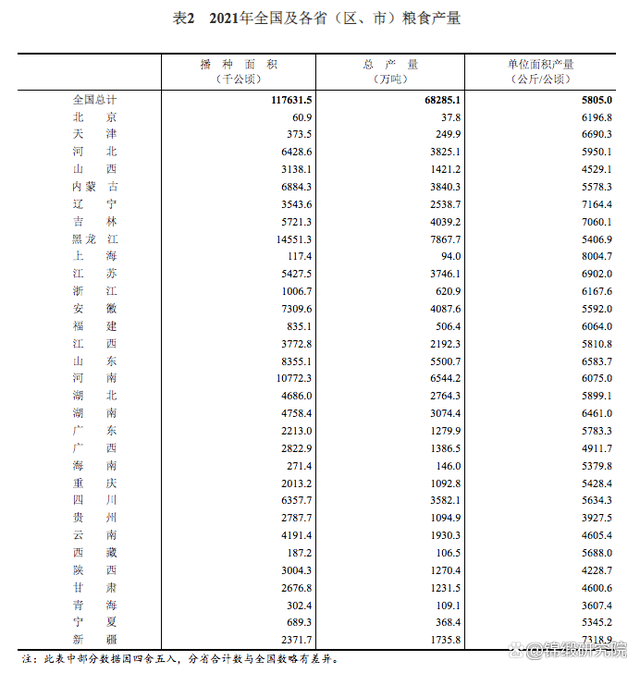
The reason is still due to the limitation of the overall urban and rural development stage of our country, and there is still a gap from the development goal of high-quality urban agriculture. First, the agricultural self-development problems such as low labor productivity, small scale, weak leading role and talent shortage; Second, the integration of agriculture and science and technology is low, the integration of primary, secondary and tertiary industries has not been effectively improved, and the systematic integration of primary, secondary and tertiary industries requires a longer dimension of precipitation and transformation cycle.
Therefore, in addition to the policy orientation and the natural exploration of agricultural enterprises, the high-quality development of urban agriculture requires the participation of superior companies and their ability to mobilize resources. This is similar to the grafting principle in the agricultural field. The regeneration ability of cells at the junction is realized through the transplantation combination of plant rootstocks and scions. The development of urban agriculture in various regions requires an effective grafting technology provider.
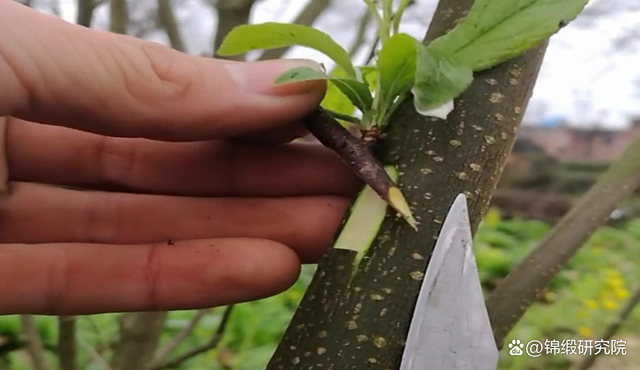
Looking inside and outside the industry, Pinduoduo, as a national large-scale online trading platform for agricultural products, is initially showing the potential and ability of such a "graft". The commercial attribute of Pinduoduo agricultural products is developed and constructed based on the advantageous agriculture and characteristic agriculture in all parts of the country. In the past years, through the collection of capital, talents, technology and other elements, it began to export many programs (such as many agricultural research events) to the planting and production links in the upstream agricultural production areas, relying on its own platform scale and a highly competitive price discovery mechanism to transfer the characteristic agricultural products from all parts of the country to the hands of consumers across the country.
In 2021, Pinduoduo's GMV will be 2441 billion yuan (a year-on-year increase of 46%), the number of active buyers will be 869 million yuan (a year-on-year increase of 10%), and the number of active buyers will be 2810 yuan (a year-on-year increase of 33%).
In addition, thanks to the agricultural products trading drive and the special deployment of "10 billion agricultural research", the marketing expenses of Pinduoduo decreased by 23%, but the annual order volume of the platform was 61 billion (up 59% year on year). Its R&D investment has increased by 30%. The R&D expenses are mainly used for talents, algorithms, systems, etc. In 2021, about 60% of the employees of Pinduoduo will be R&D personnel.
At the same time, Pinduoduo released the 2021 New New Farmers' Growth Report, which shows that the "New New Farmers" represented by the post-95 generation have become a new force to promote agricultural products. As of October 2021, the number of "new farmers" on the platform has exceeded 126000, accounting for more than 13% of agricultural businesses; Among them, women accounted for more than 31%, reaching 39060; The proportion of people who have reached 20160 since 2000 has exceeded 16%.

Obviously, the advantage of pioneer Pinduoduo lies in its deep-rooted attributes of "agriculture", "agricultural products" and "agricultural research", which have been branded in the mental cognition of farmers and consumers. After setting foot in advantageous agriculture and characteristic agriculture and obtaining the above basic achievements, urban agriculture has become a necessary path for the sustainable development of agriculture and the combination of urban and rural areas.
There is no doubt that the specific ways of participating in urban agriculture in different ways will be different. From the perspective of "point, line and area" development, boutique agriculture and special agriculture belong to "point", and live agricultural products belong to "line". The most efficient expression of a large platform of this size is "area". By building an integrated platform, various new production factors required by urban agriculture can be gathered, To form the implementation of urban agriculture programs in various regions.
To promote local governments to establish their own urban agricultural solutions, Pinduoduo has the following advantages: first, it has a terminal consumer market firmly connected with consumers, second, it has a professional logistics channel for rapid circulation of agricultural products, third, it is a representative enterprise of large Internet capital, and fourth, under the continuous operation of the first and second multi agricultural research events, Pinduoduo has become a company and channel for exploring and innovating agricultural technologies.
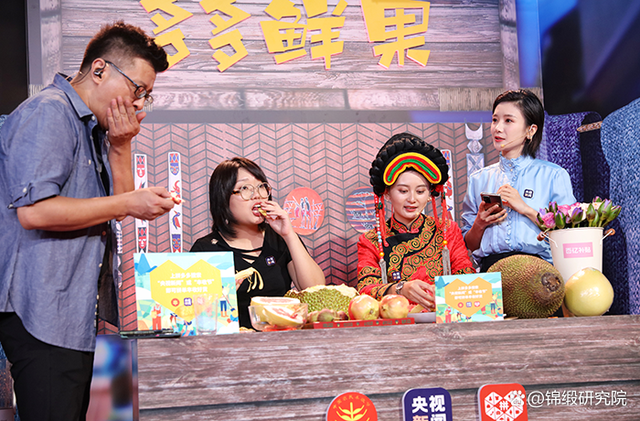
Therefore, Pinduoduo has become an integrated platform integrating "demand market, basic connectivity, emerging capital, innovative technology" and other elements, and can be a platform supplier for "grafting" urban agricultural solutions in various regions. Its core role in the future is to introduce talents and innovative technologies from all major cities to fill the two key production factors in the process of urban-rural integration.
03 Exploration and attempt of renewal
Under the above general background, the ongoing third Pinduoduo Agricultural Research Science and Technology Competition moved the competition venue from the greenhouse base in the rural fields to the container of the Vertical Agricultural Research Center in the Guangming Home Port in the suburbs of Shanghai. This is one of the highlights of the Duoduo Agricultural Research Competition, which is similar to the development concept of urban agriculture.
Container farms (or plant factories) are the most remarkable innovative way of agricultural cultivation at home and abroad in recent years, attracting many innovative companies:
The core business logic of Square Roots, founded by Musk's younger brother (Kinbar Musk) in 2016, is to grow and buy vegetables by putting different types of "vegetable field" containers in the city, with the latest financing amount of 5.4 million dollars;
Loblaw Companies, a Canadian department store retailer, is vigorously promoting the innovative farming method of container planting. It claims that it will increase the income of Canadian farmers by 150 million dollars by 2025 through this technology, and make Canada get rid of the massive import of fruits and vegetables;
Freight Farms and Tiger Corner Farms are two companies that grow agricultural products in containers by using hydroponics and aeroponics. They are cooperating with NASA to find ways to grow agricultural products in space through their technological innovation.
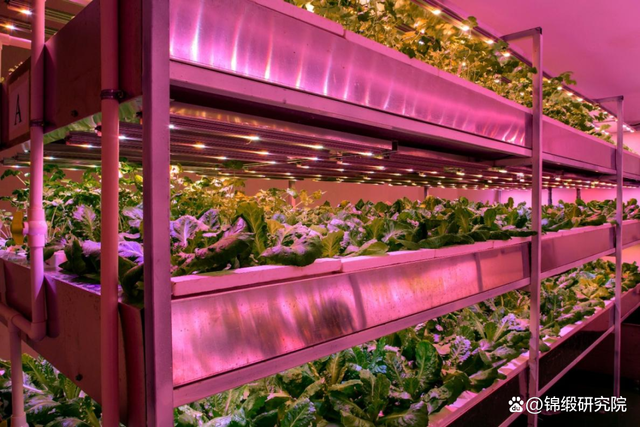
The container of the vegetable planting warehouse built by the intelligent environment team of Tongji University and CIMC (Yangzhou base) is integrated with many intelligent systems, including cultivation system, air conditioning system, intelligent control system, etc. Among them, the core cultivation system uses an advanced nutrient solution cultivation frame. More than 1000 lettuce seedlings can be placed on a 15 square meter multi-layer overlapping cultivation frame. The unique nutrient solution circulates repeatedly in thin pipes to provide nutrients for the seedlings. A small lettuce seedling can mature in about half a month, which has a considerable efficiency improvement compared with the general 2-month natural growth cycle;
Houwa Village, located in Caosi Township, Cangzhou City, also began to test the effect of container hydroponics three-dimensional planting in 2021. The container kept 25 ℃ all year round. The manager used network detection to control the temperature, humidity and light in the box. Each shelf was divided into seven or eight layers. LED lights were directly above each layer of cultivation plate to provide light for plant growth. The entire container could grow about 1500 seedlings. The net profit of vegetables harvested in one container exceeds 1000 yuan.
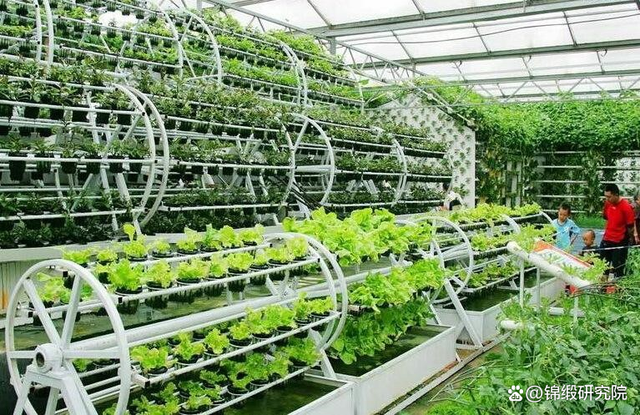
Returning to this multi agricultural research contest, the participating teams need to use cutting-edge technologies such as indoor environment control technology, nutrition model, algorithm control, etc. to challenge planting crisp and sweet lettuce with higher yield and better quality in a lower energy consumption and shorter production cycle, and verify and try to implement its commercial feasibility scheme.
In terms of production efficiency, the output of container farms per unit area is several times or even more than ten times higher than that of traditional farmland, which makes container planting have a considerable commercial prospect; In terms of technology, talent, management system and other dimensions, the plant factory integrates the technical achievements and talent teams of greenhouse planting, nutrition model, intelligent hardware, algorithm control and other industries, and is an innovative expression of the new agricultural industry finance integration.
It is worth mentioning that the competition will take the sample of Shanghai urban agriculture as the anchor point, and its results will be quickly verified and fed back through the digital agriculture system built by Pinduoduo, and will integrate the "urban agriculture" API interface of the platform class, and then output the integrated PaaS platform of "Duoduo urban agriculture" to more cities, attracting more urban people to join the trend of agricultural innovation and agricultural industry upgrading.
Above, as one of the key words of the new cycle of modern agriculture, "urban agriculture" will be an important means and way to effectively fill the gap between the urban and rural dual economy at this stage of China. It is in the ascendant at the moment of 2022, and needs to attract more people of insight in a broader industry. As investors, this will also be the key clue for us to watch the post urbanization era.
Source: Brocade Research Institute
- 2022-12-05 10:31:00
Key word of the new agricultural cycle: "urban agriculture"
2022-12-05 10:20:07Vertical agriculture: maybe the new future of urban agriculture!
2022-12-05 10:13:47Accelerate innovation and seize the time to break through the "choke" problem
2022-12-05 10:06:54The first summit forum for training outstanding engineers was held
2022-12-05 10:02:19






